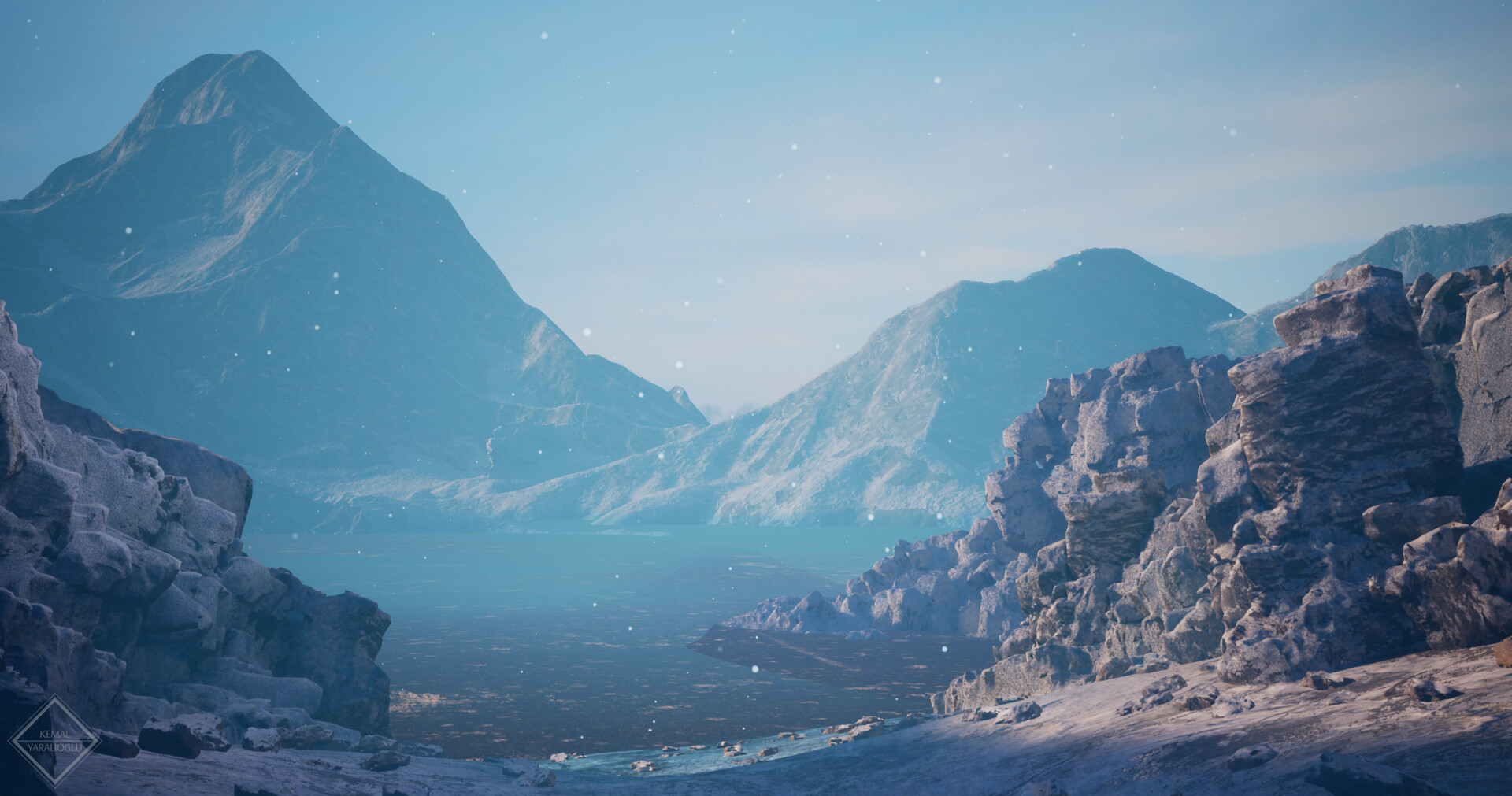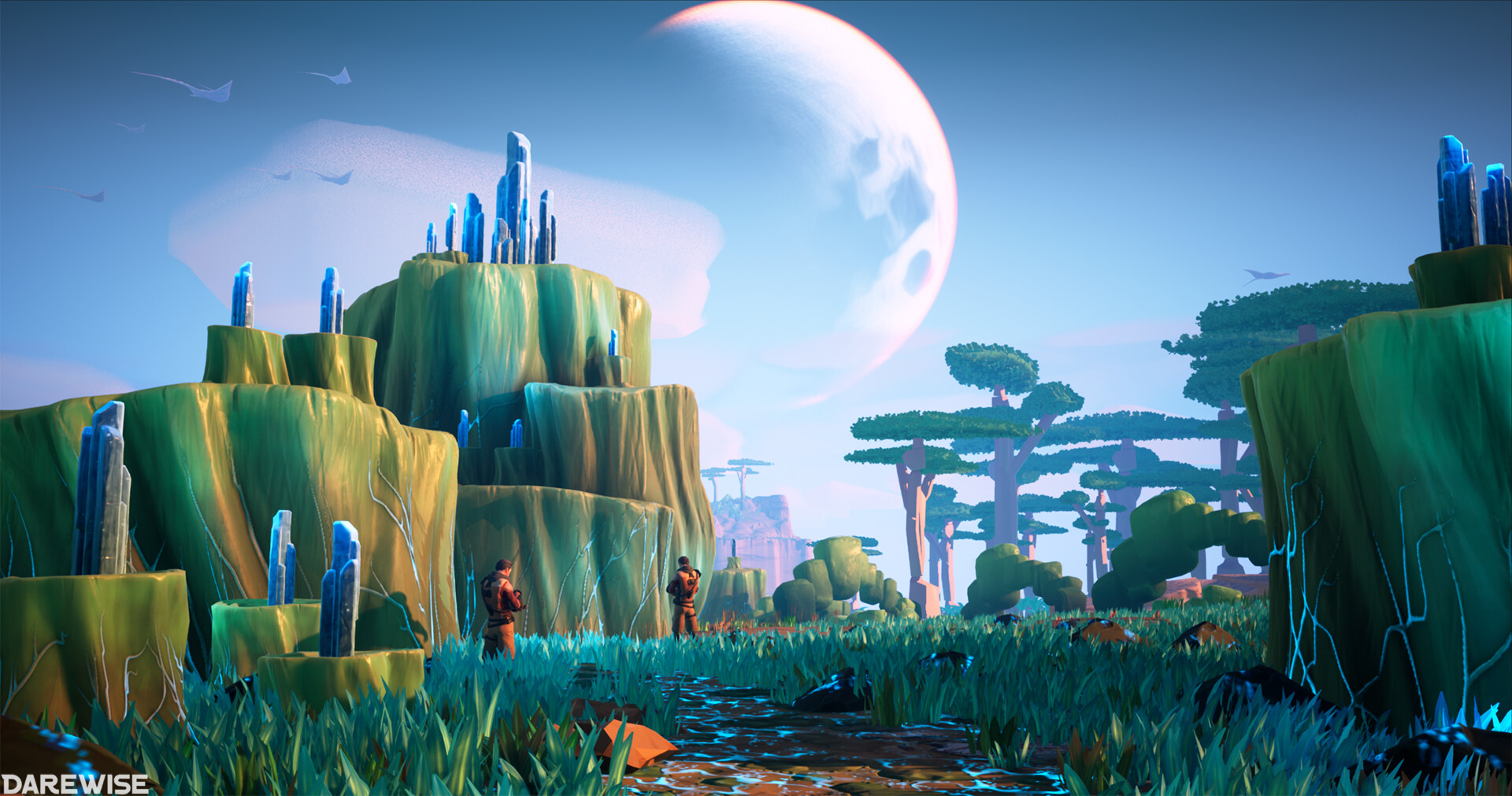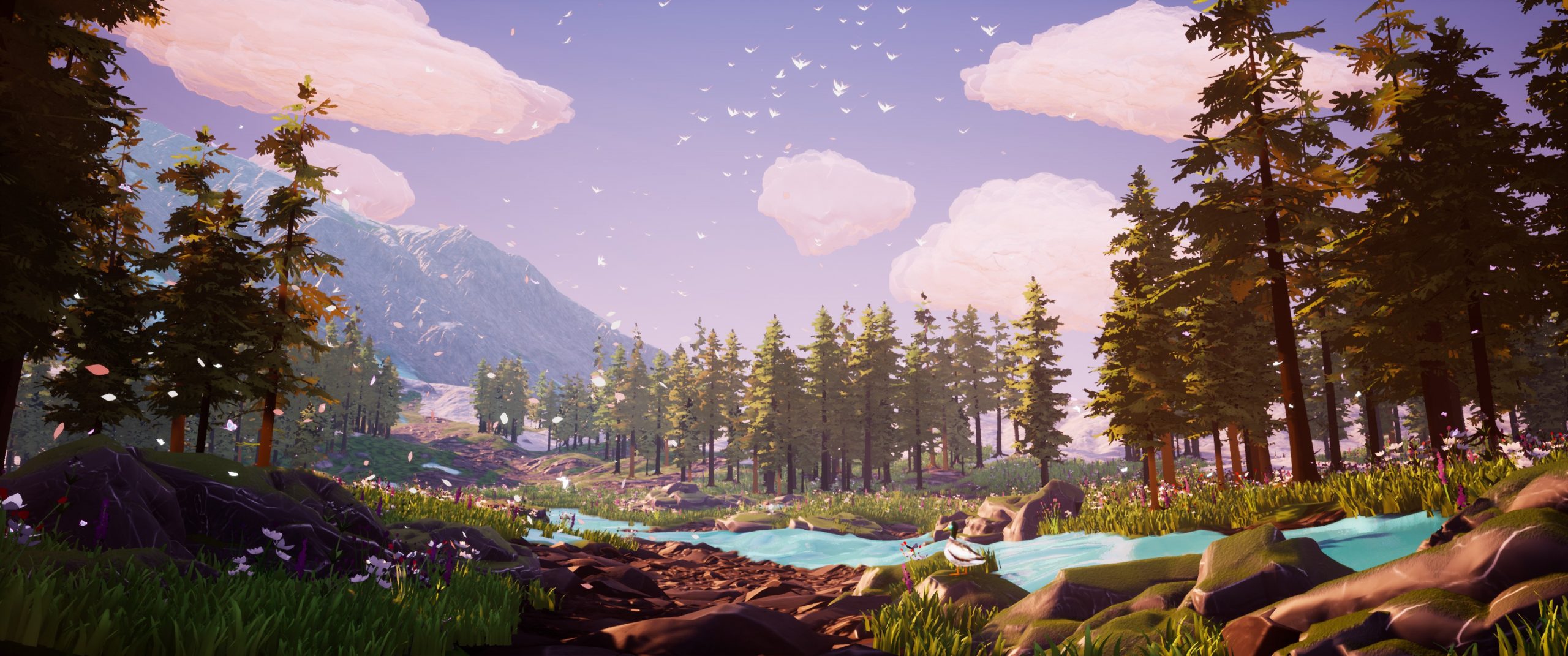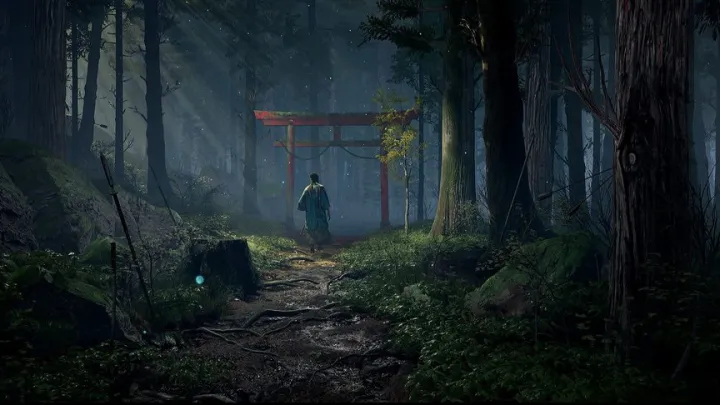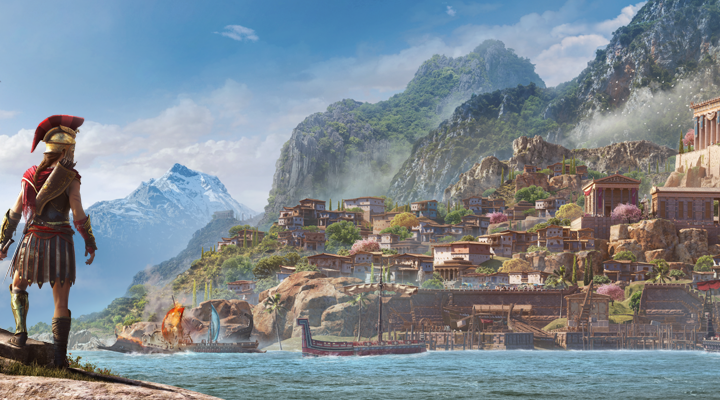3D Environments in Houdini, Unreal Engine & Gaea with Kem Yaralioglu
On ArtStation Learning, Kem Yaralioglu shares his expertise in creating 3D materials and environments across Houdini, Unreal Engine and Gaea. The Houdini and Gaea courses give an introduction to using the software with walk-throughs designed for a beginner level artist to follow along. The intermediate level Unreal Engine series breaks down his process for creating master materials and terrain shaders.
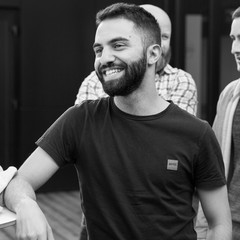 Kem Yaralioglu is a 3D Environment Artist currently working at Frontier Developments. Having graduated from Norwich University of The Arts in 2016, he has already worked and lived in 3 different countries. Throughout his career, he has worked on projects including Rainbow Six Siege, Project-C and now Elite Dangerous. Kem maintains a versatile focus on Materials, Terrain and World Building.
Kem Yaralioglu is a 3D Environment Artist currently working at Frontier Developments. Having graduated from Norwich University of The Arts in 2016, he has already worked and lived in 3 different countries. Throughout his career, he has worked on projects including Rainbow Six Siege, Project-C and now Elite Dangerous. Kem maintains a versatile focus on Materials, Terrain and World Building.
Behind the Houdini courses:
For the two Houdini courses that I created, their purpose is to demonstrate the power of Houdini and how it’s non-destructive workflow can cut iteration downtime considerably. Houdini is a vast software package with tons of potential. I opted to focus exclusively on the terrain aspect of the software as it’s where my strength and passion is and what I had been using during my time at Darewise Entertainment.
I would in no way say that I am an expert but I understand the power of Houdini can do. It really helps plan ahead. Houdini is most useful and valuable in a production environment where the non-destructive workflow allows the frequent requests for changes to be made instantly, saving both the team and artist’s time. Assets such as cliffs are a great example. You can procedurally populate an infinite amount of cliffs if you plan ahead and still maintain a high level of visual quality.
I always compare Houdini to what Substance was a few years ago. People saw it as this alternative software for creating textures but weren’t entirely sold on the premise until AAA companies started to demonstrate just how much time it saves, without sacrificing quality. That will be Houdini.
Most memorable learning experience:
That’s a tough one. I genuinely will have to say the time I worked with Viktor Antonov, Art Director of Half-Life 2 and Dishonored. He taught me an incredible amount of art fundamentals and really pushed me to develop my skills, getting me to where I am today.
The reason I say this is my most memorable learning experience is that a lot of artists can master the digital tools that empower them, but they may not necessarily understand the fundamentals of art such as composition, balance, contrast, white space, and this is one aspect of what I learned from Viktor that has stuck with me and has helped me grow as an artist.
1 sentence of advice:
Be active and post your work.
Don’t be afraid like I was to share artwork in fear that it would be looked down upon. As Ralph Waldo Emerson once said, every artist was once an amateur.
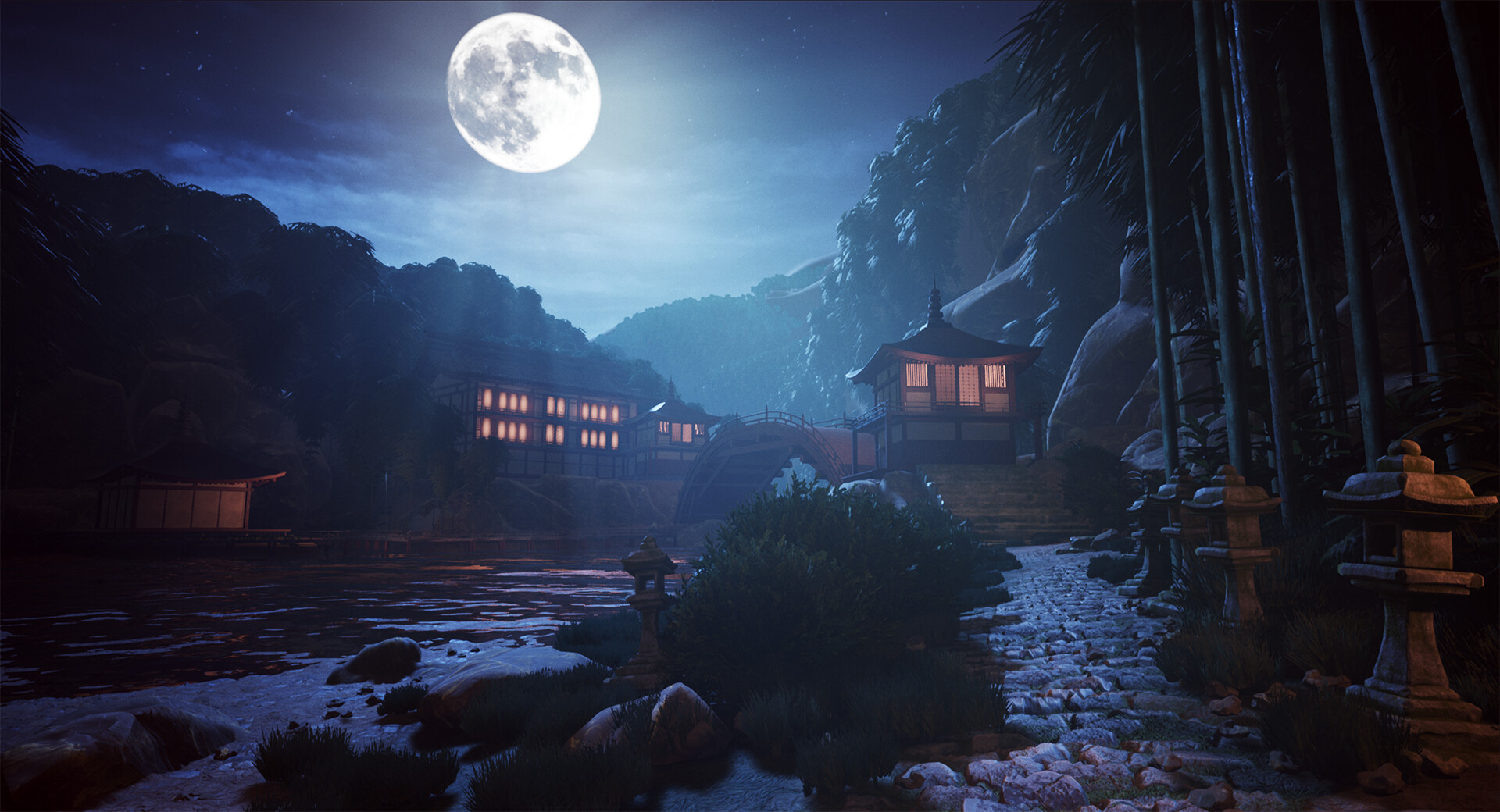 Houdini for 2D:
Houdini for 2D:
Every canvas is 2D, even if it’s in a 3D application. 2D Artists already use modeling packages to help speed up their process so why stop there? I think it could open up a new breed of artwork. Imagine a concept artist spraying some colors in Photoshop and then simply exporting a render of a city, with each renders different with a simple click of a button. The magic here is the colors they painted will have a different effect on each city. Again, speed is key and Houdini really lends itself to these workflows.
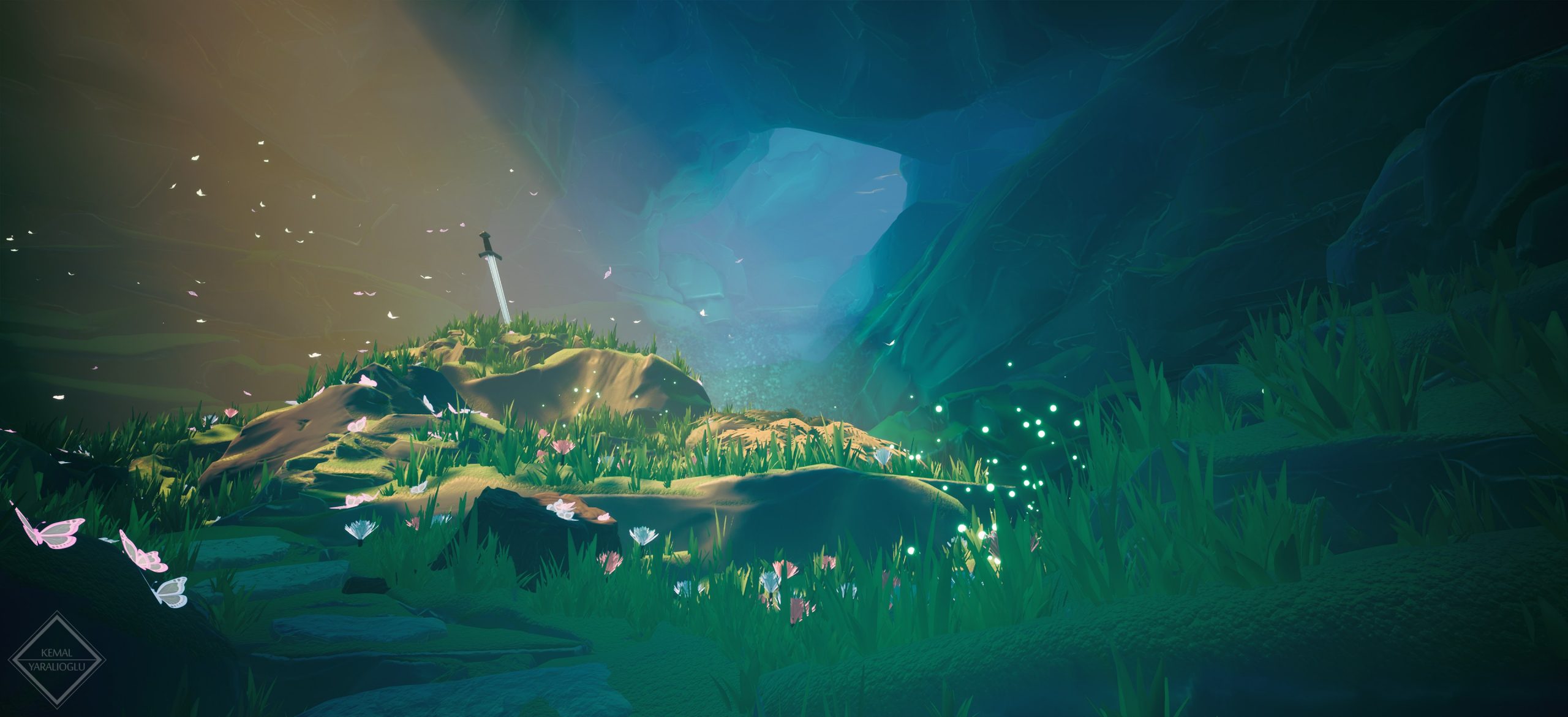 What to expect for the Unreal Engine series
What to expect for the Unreal Engine series
Artists can expect to dive further into the material editor inside Unreal Engine 4. Building upon the previous material courses, we will expand and explore the more advanced features such as vertex blending, parallax occlusion mapping, parameter collections as well as creating a terrain shader from the ground up, all while using our material function library.
If you’re looking to create a reusable material library that can work across multiple projects, follow this upcoming course along with the previous episodes to learn everything you need to know about the material editor inside Unreal Engine 4.
Try ArtStation Learning courses – included in all ArtStation premium subscriptions. Find out more >
See more about Kem’s work here.
